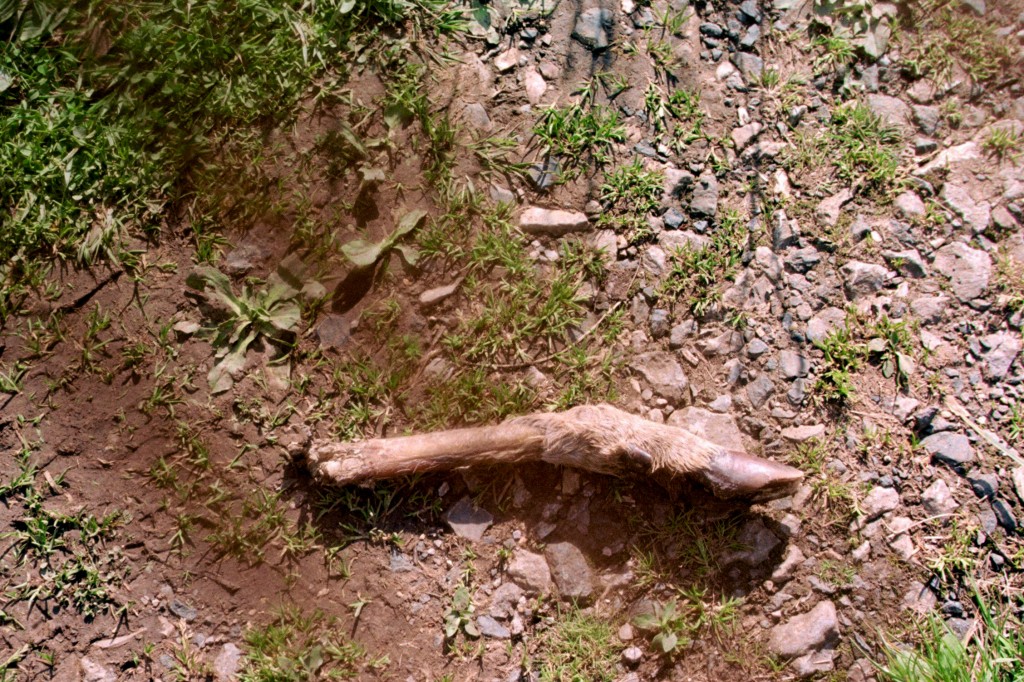Road for the Future
 December 2025
December 2025
White pick-up truck, grey morning. Blue tongue and black foot are the livestock diseases to inoculate against. This is done through a chase. Thirty or so steer, handled three times a year and thus quite wild. Two age groups who separate. They might be thirty yards from you and you wouldn’t know.
Their sperm tubes get crushed by a specific tool at around five months old and their bollocks then shrivel up. They get a good five months growth before this happens which helps make them strong enough to cope with it. Their horns will be corterised too, and that act of both this and the castration keeps them calmer animals. They are still quite wild because they are infrequently handled.
A lot goes on at night. The poachers know where to find the key – it’s easier than repairing the gate. They will vandalise it if they can’t get in with the key. It’s not like a managed cull because they poach any deer, they are not discerning. You can get 50 or 60 quid for a deer from a butcher how doesn’t ask too many questions. So three in a night is not bad going. The police won’t do anything about it.
They hang the legs in the trees near the track as trophies, and grollock the animals in the open so they have less weight to carry out. Some of them have winches hidden in the vehicles to help them get out quick.
The steer are good for the common. They keep it grazed which promotes new growth of the diverse plant species. In the winter their footprints help aerate the soil.
The farmers eyelashes are thick and dark, like cows lashes.
After four days of criss-crossing the common on foot, there is still no sign of the livestock.

